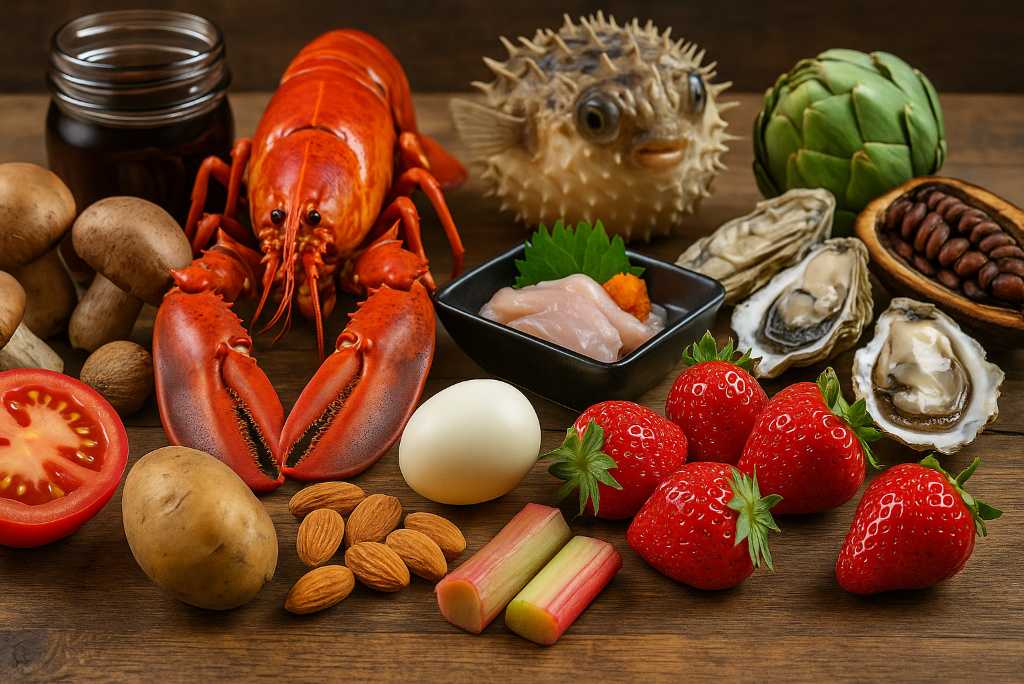Throughout history, cultures have feared or banned certain foods for reasons ranging from religious laws to mistaken scientific beliefs. What was once forbidden or feared can now be a kitchen staple. Here’s a look at 15 fascinating foods that were once taboo or thought deadly—but today grace our plates without a second thought.
1. Tomatoes
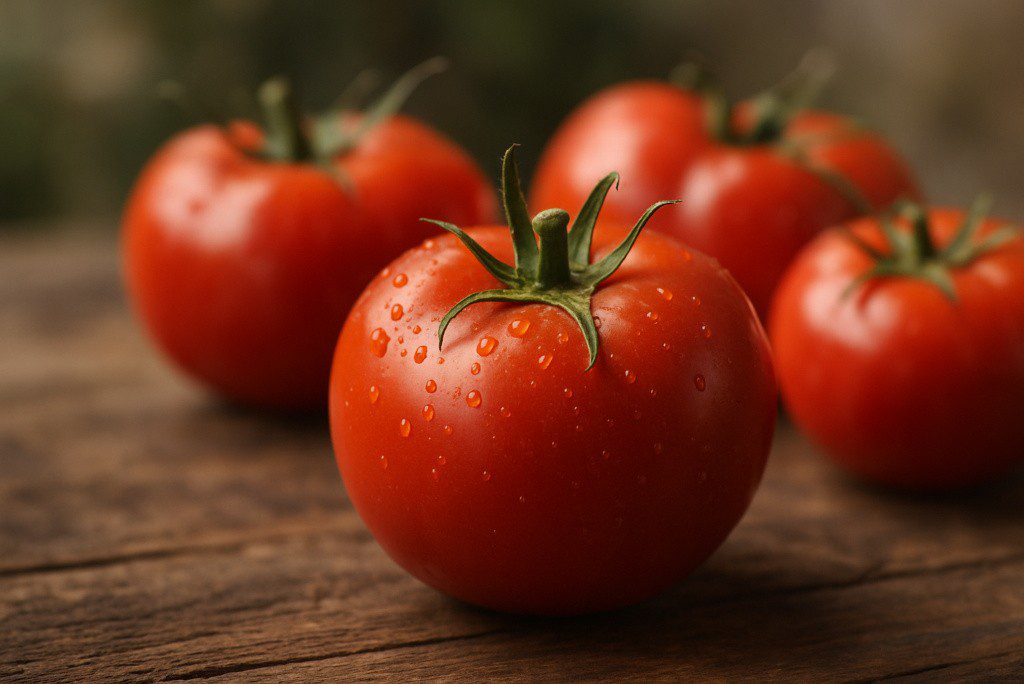
In the 1700s, Europeans dubbed tomatoes “poison apples.” Wealthy people fell ill after eating them because the tomato’s acidity leached lead from their pewter plates, causing lead poisoning. Ironically, the tomato itself wasn’t toxic—it was the tableware. It took centuries to overcome this fear, and now tomatoes are a global culinary staple. Today, they’re linked to lower risks of heart disease and cancer due to lycopene, an antioxidant. The tomato’s transformation from feared fruit to salad star is remarkable.
2. Potatoes

Introduced to Europe from South America in the 16th century, potatoes were met with suspicion. Europeans believed potatoes caused leprosy or were poisonous, partly because they’re related to toxic plants like nightshade. In France, Antoine-Augustin Parmentier promoted potatoes, even hosting potato-based dinners to change public perception. Today, potatoes are one of the world’s most widely consumed crops, essential in countless cuisines. They’re an excellent source of vitamin C and potassium, proving that fear was unfounded.
3. Mushrooms
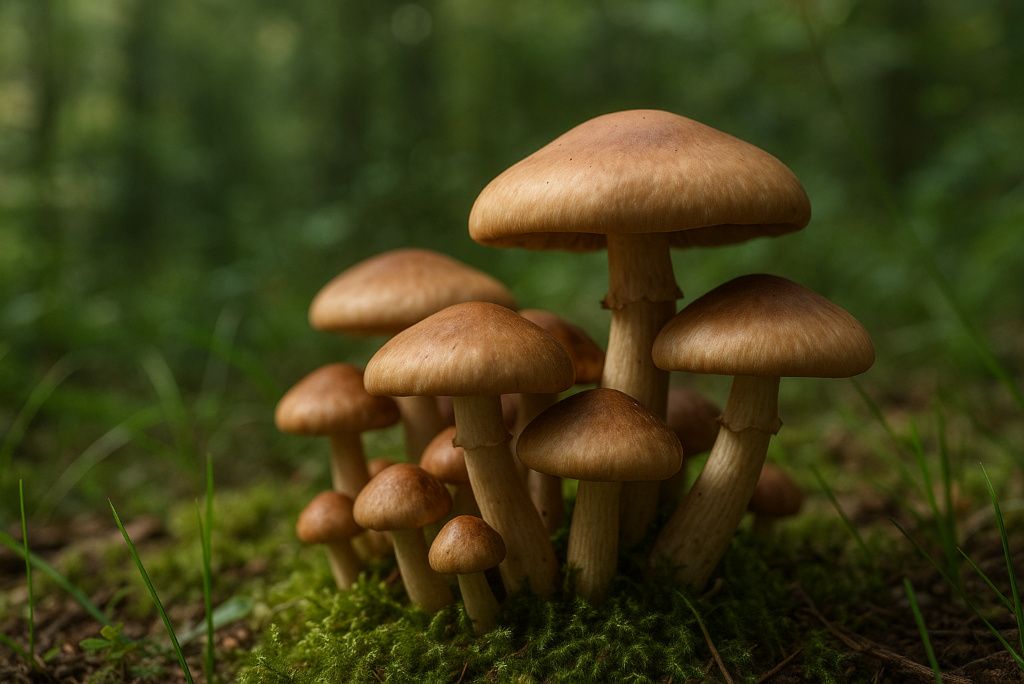
For centuries, mushrooms were viewed with caution, as many varieties are indeed toxic. In medieval Europe, people feared that mushrooms were “witches’ food,” used for poisonings. However, edible mushrooms like chanterelles, morels, and button mushrooms gradually won trust. Now, mushrooms are prized for flavor and health benefits, including immune support and cancer-fighting compounds. Despite widespread acceptance, foragers remain cautious, as toxic lookalikes persist. To explore mushroom safety and culinary uses, see Harvard T.H. Chan School of Public Health.
4. Lobster
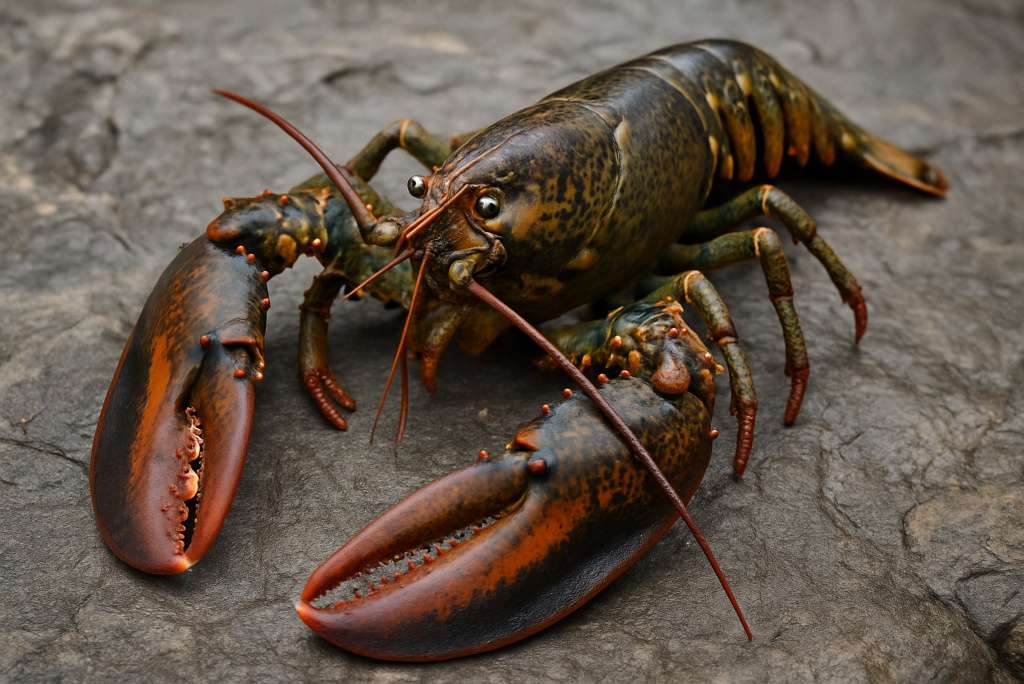
In colonial America, lobster was considered poor people’s food and was used to feed prisoners or fertilise crops. Laws even existed to limit how often servants could be fed lobster because it was seen as cruel. Over time, lobster became a delicacy thanks to better transport and marketing to wealthy diners. Today, it’s a symbol of luxury dining. The transformation from prison fare to gourmet plate shows how perceptions shift.
5. Coffee

Coffee faced significant religious and political bans. In the 16th century, some Islamic authorities called it intoxicating and sinful, while European clergymen dubbed it “Satan’s drink.” Even Pope Clement VIII had to taste it himself before deciding it was safe—and delicious. Coffeehouses were also viewed as hotbeds of sedition and were banned in various eras. Today, coffee is beloved globally for its energy boost and health benefits, including reducing the risk of type 2 diabetes.
6. Nutmeg
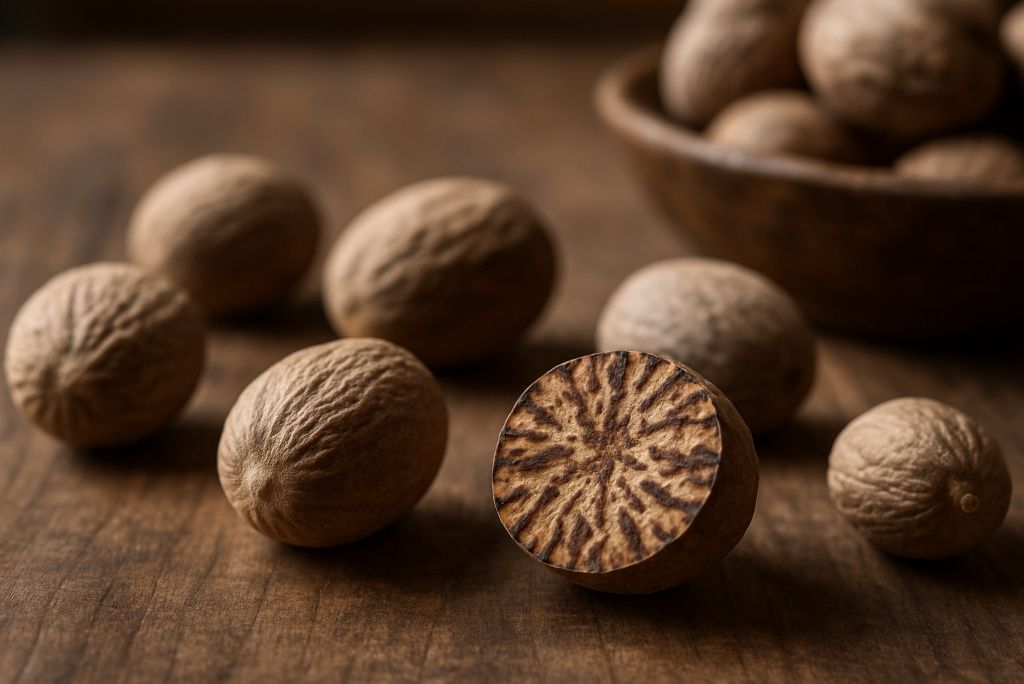
During medieval Europe, nutmeg was believed to ward off the plague. But in large doses, nutmeg can cause hallucinations and toxic reactions. European traders fought bloody battles over the nutmeg trade, leading to its mystique and fear. Today, nutmeg is a common spice, though warnings remain about consuming it in large quantities.
7. Chocolate

Once considered an indulgence reserved for Aztec elites, chocolate arrived in Europe as an exotic drink. Early religious leaders debated its morality, fearing it might stir sinful desires. Some European doctors claimed chocolate could lead to over-stimulation of the nervous system. Now, dark chocolate is praised for its antioxidants and potential heart benefits when consumed in moderation.
8. Oysters
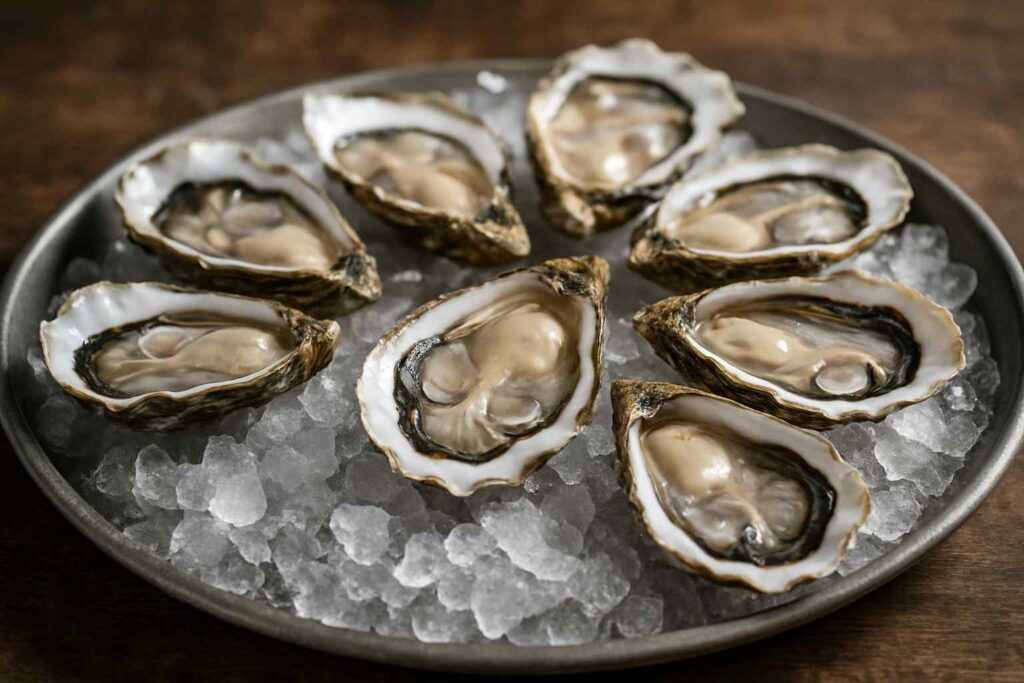
In ancient Rome and medieval Europe, oysters were a luxury food, but they fell out of favor in the 19th century amid fears of contamination and typhoid outbreaks. Poor sanitation led to legitimate health hazards. Modern oyster farming, purification methods, and stringent regulations revived oysters as a sought-after delicacy. Yet raw oyster consumption still carries risks for vulnerable groups.
9. Eggs

Eggs were once suspected of raising cholesterol levels dangerously, leading to widespread fear in the late 20th century. Studies later clarified that dietary cholesterol doesn’t impact blood cholesterol as significantly as once thought. Today, eggs are celebrated for protein, vitamins, and healthy fats. Medical professionals now encourage moderate egg consumption for balanced diets.
10. Almonds

Bitter almonds naturally contain amygdalin, which can convert to cyanide in the body. This led to historical fears and restrictions on almond consumption. Sweet almonds, the type widely sold today, are safe. Bitter almonds are still used in tiny quantities for flavorings, under strict regulation. Now, almonds are hailed for heart health, fiber, and antioxidants. The National Institutes of Health provides insights into almond safety and nutrition.
11. Rhubarb
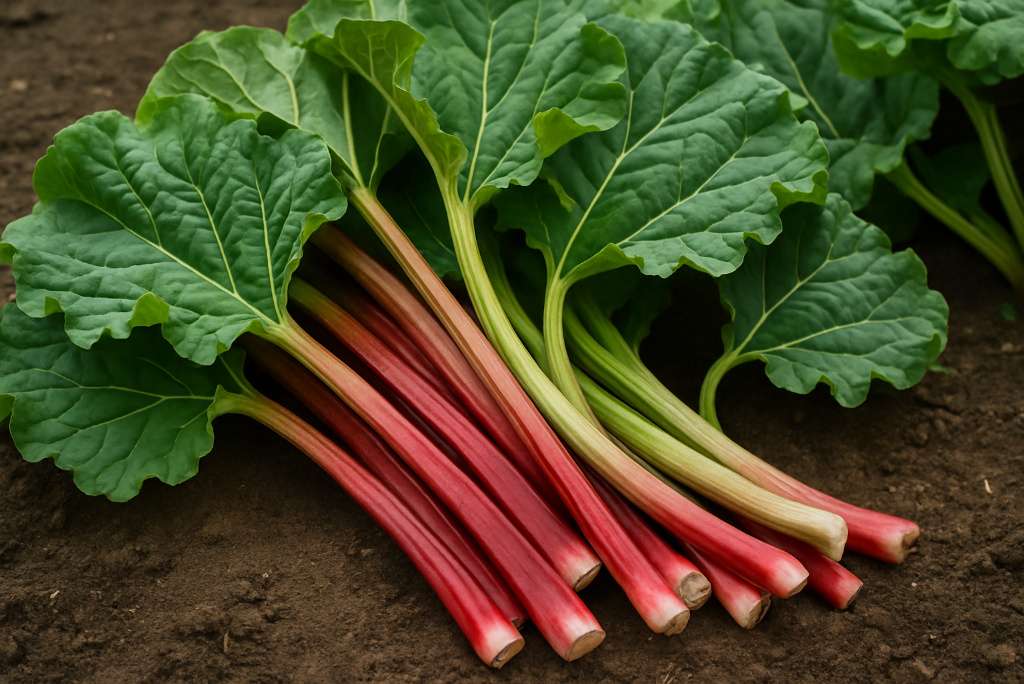
Though the stalks are edible, rhubarb leaves contain oxalic acid and anthraquinone glycosides, which can be toxic. This led to confusion and avoidance of rhubarb as a whole plant. Over time, people learned to eat only the stalks, which became prized in pies and jams. Rhubarb is now valued for vitamin K and fiber. However, leaf consumption remains dangerous.
12. Cassava
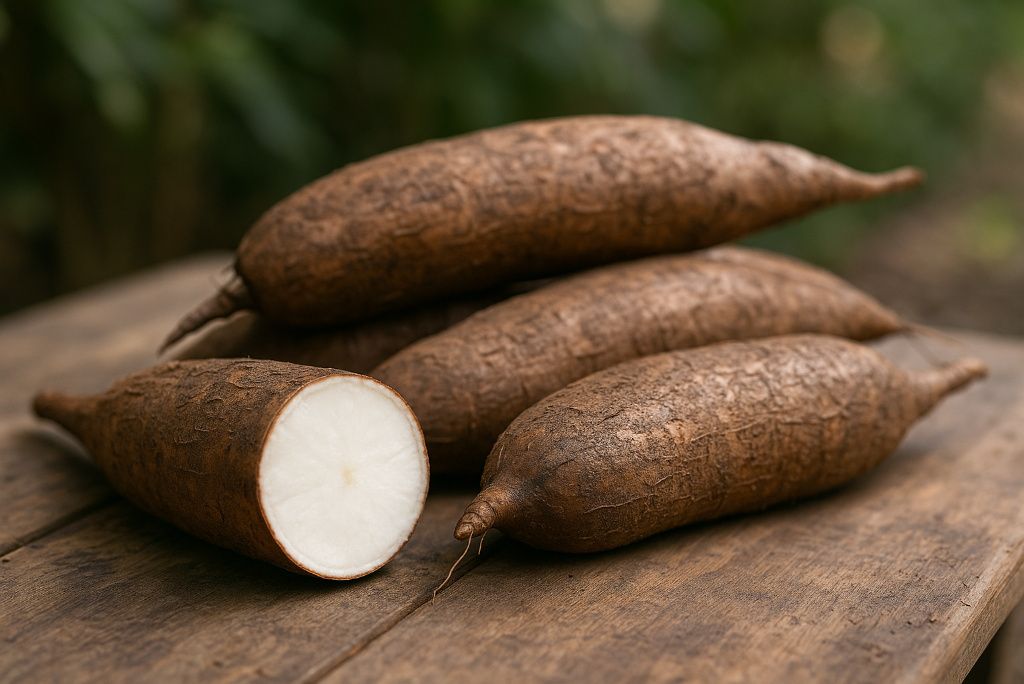
A major staple in Africa, Asia, and Latin America, cassava contains naturally occurring cyanogenic glycosides. Improper preparation can cause cyanide poisoning. Historically, cassava was considered a risky food. However, proper soaking and cooking make it safe and nutritious. It’s now crucial for food security in many countries.
13. Sushi
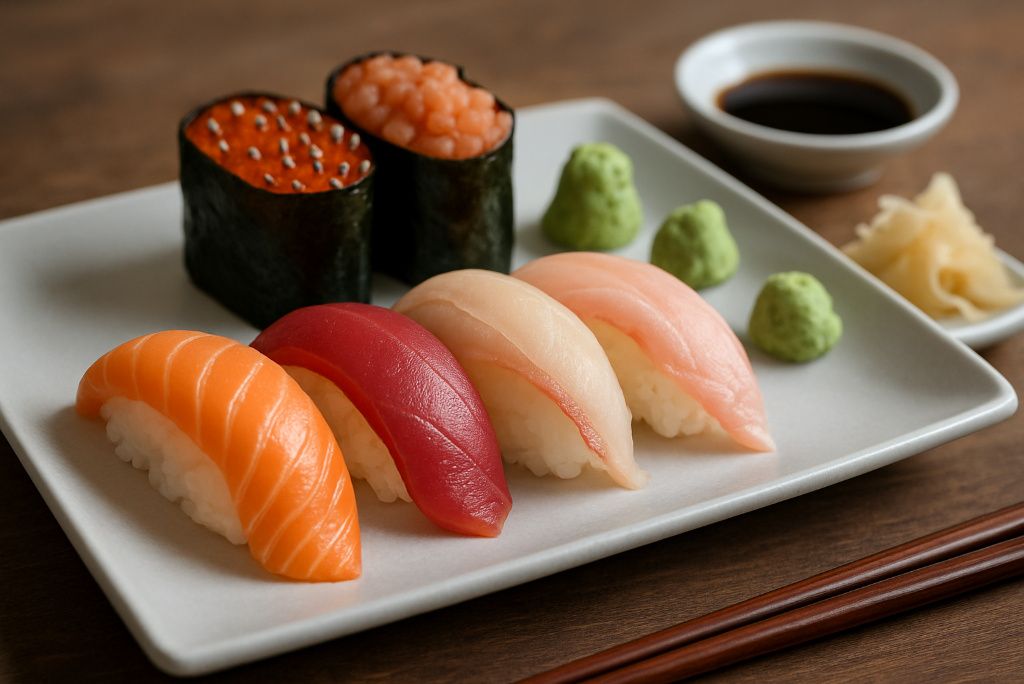
Raw fish was once feared in the West due to parasite and bacterial risks. Early Western diners associated sushi with food poisoning and “weird” flavors. Improved refrigeration, strict hygiene, and global curiosity turned sushi into a global culinary star. Still, health authorities advise caution for pregnant people and those with compromised immune systems.
14. Pufferfish (Fugu)

One of the most infamous “forbidden” foods, pufferfish contains tetrodotoxin, a deadly neurotoxin. In Japan, only licensed chefs can prepare it legally. Mistakes can cause paralysis and death. Despite the risk, it’s considered a delicacy and an adventurous food for diners willing to gamble. Japanese authorities maintain rigorous training and regulation to minimize fatalities.
15. Absinthe
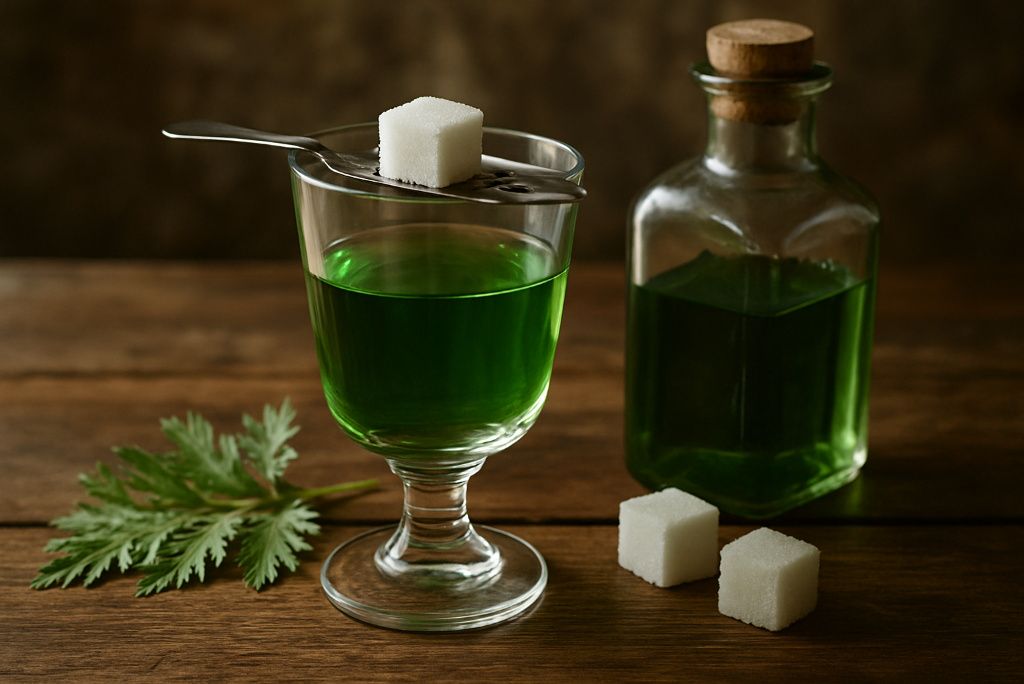
Often called “The Green Fairy,” absinthe was banned in Europe and the U.S. in the early 20th century, blamed for hallucinations and madness. The culprit was thought to be thujone, a compound from wormwood. Modern research found thujone levels in absinthe were too low to cause such effects. Now legal again, absinthe enjoys a revival among cocktail enthusiasts.
Disclaimer: This article provides general historical and culinary information and is not a substitute for professional medical or dietary advice. Always consult experts for personal health or dietary decisions.

